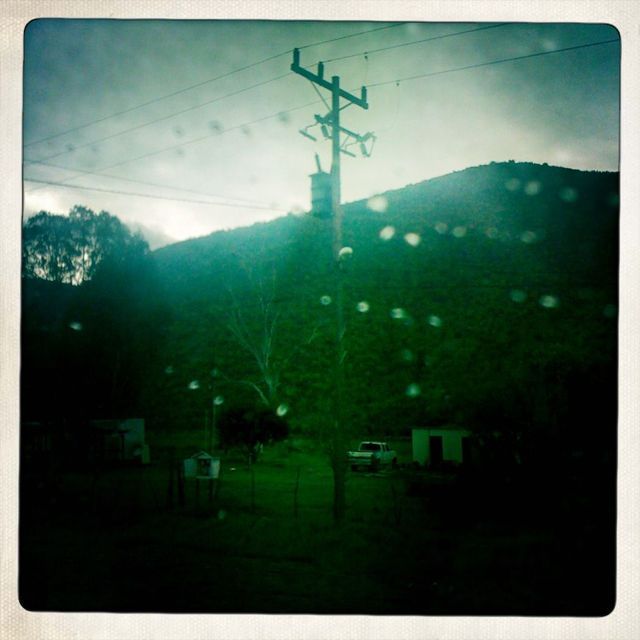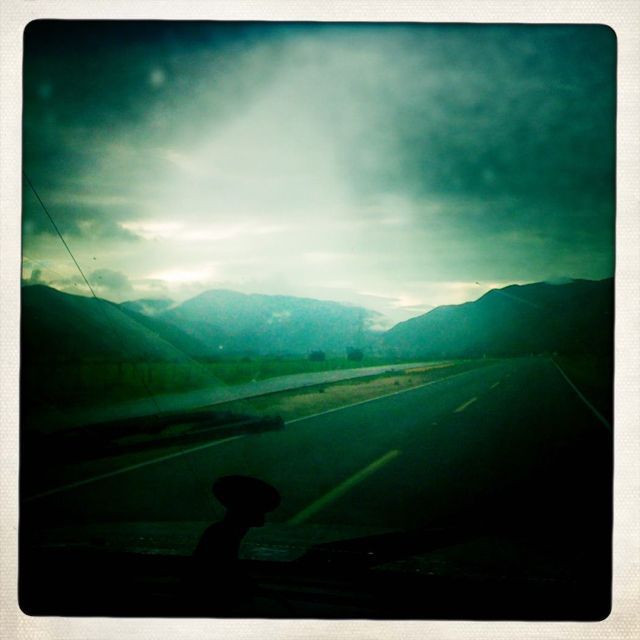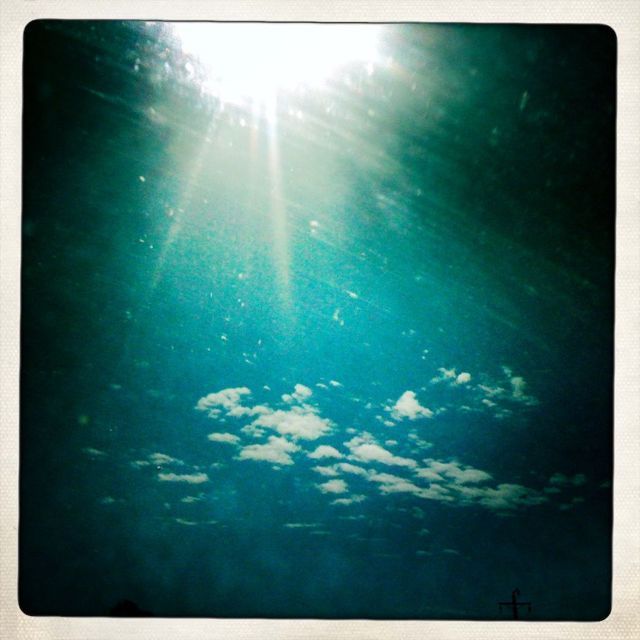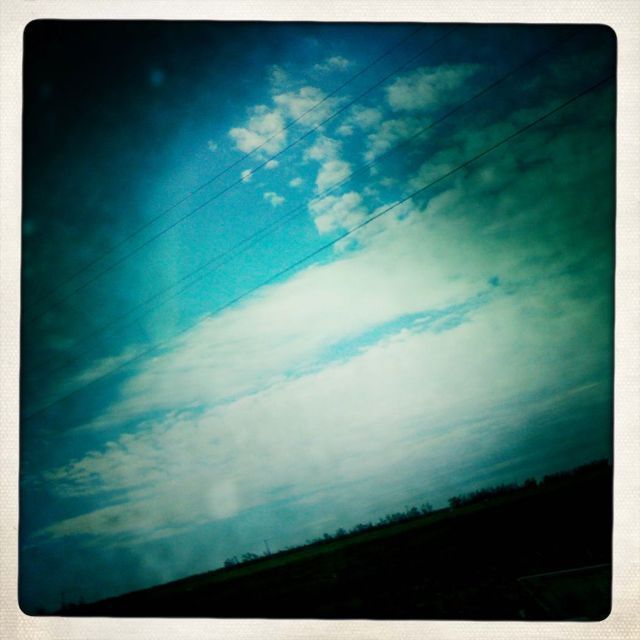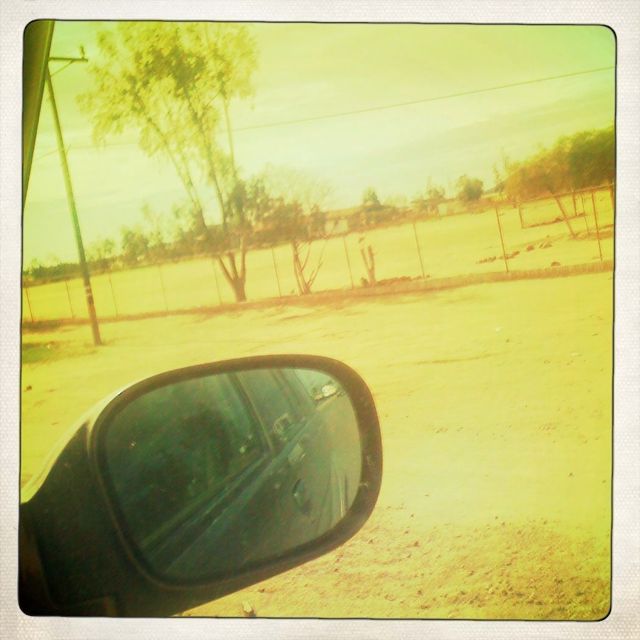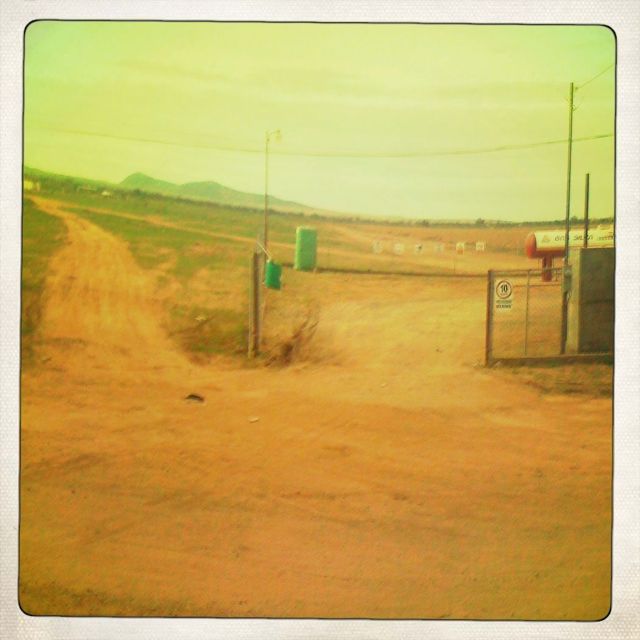Rain is always a mild surprise, except in England, but the weather here is pretty unstable. From hot and sunny to cool and rainy. Obviously, that’s the nature of the climate, more so these days as we pump more energy into the system. Rain and clouds are useful in light control, though. Water vapour disperses light and softens it up, lowering the constrast and making it easier to see overall. You can replace the missing constrast, if you think of it that way, later on. Back in the days of b+w processing, I (and many others) would underexpose and underdevelop film - give it a lower speed rating. This gave lower constrast, and a flatter negative, but it could increase the dynamic range substantially. The late Barry Thornton argued that many films had been overrated by their manufacturer, one example being the classic Tri-X, nominally rated at 400, but when tested by Thornton to find its ‘true’ speed, came back at 160. He was in good company: Ansel Adams apparently came to the same conclusion. One other trick for controlling dynamic range was to pre-flash the film or paper. This was to sensitize the material to just before an image would appear, enabling the printer to hold the highlights much better. Essentially, you’d double-expose the film through a translucent filter at about three stops under - I think - to sensitize the film before the main exposure a stop under. I’d have to check the figures. Anyway, it’s still raining on this twisty road up through the hills of Baja.
Over the mountains, it’s five degrees warmer and clouds are thin, remote and interesting features. I slept through most of the last stretch, woke up to Bowie at a petrol stop, and reached to redirect some air vents my way: hello sunshine. The sun can make things look flat in its own way, mostly during the middle of the way, when its power overrides and evens everything out: uniform shadows, straight light, and no depth. We’re never happy, photographers. Too hot, too cold, too dark, too bright…
